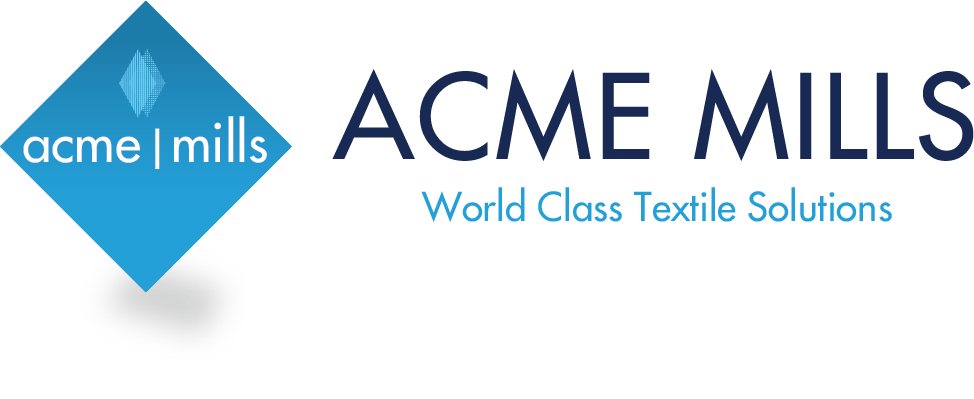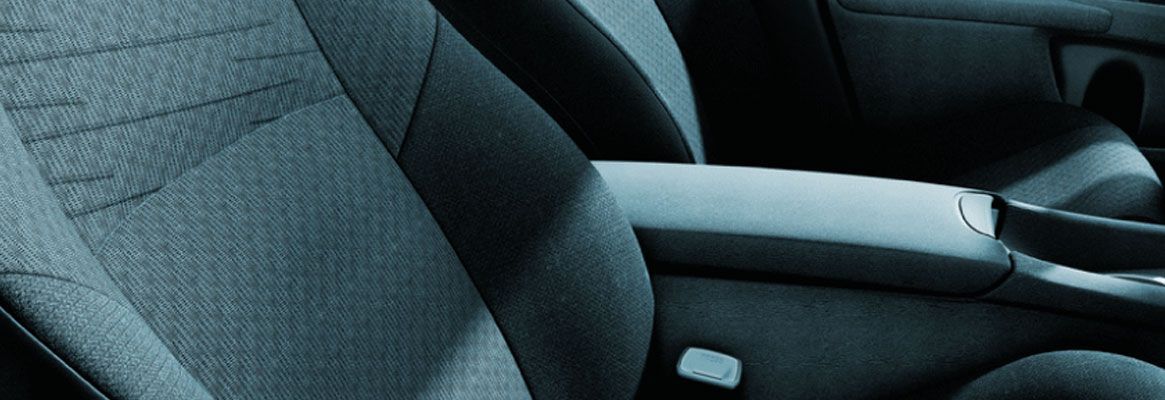Automobile industry is now growing in leaps and bounds showing lucrative figures. Simultaneously, vast potential can be foresighted for automotive textiles as well. Textiles are used in automobiles for various applications such as airbags, seat belts, carpets, seat upholstery, and tyres. Non woven textiles find a variety of applications in door lining, floor mats, headliners, belts, etc. Apart from being used for artistic purposes, they are also used for sensual comfort, and safety reasons. Demand for comfort and safety has resulted in the increased use of textile materials in automobiles.
In a typical mid sized car, textiles constitute approximately 20 25 kgs, and are predicted to reach 35 kgs in future. Furthermore, a few more textile products have found their way in automobile textiles as design solutions; to tackle engineering problems like tyre reinforcement, sound insulation and vibration control etc. Natural fibres like banana, jute, etc play an integral role in the manufacture of interiors like carpets for automobiles. Cars of the future will not only be safer, but will also focus more on being fashionable. This will also boost the market for automotive textiles.
Approximately 65.1 million cars are produced annually; worldwide. The production level is still expected to rise by 75.7 percent by 2011. If a minimum of 20 25 kgs of textile could be used in one car, then the requirement of textiles for the total number of cars produced is very enormous. The projected data shows that, there is a vast potential for the demand and growth of automotive textiles. The current market for automotive textiles is 1,614 crore and is expected to further increase drastically by 3,200 crore by 2010.
Technical textiles in Automotives:
Technical textiles are gaining momentum for hi-performance applications. Transportation is one of the twelve largest segments of technical textiles. Automotive textiles is one of the sector that has extensive applications of technical textiles in products like interior trims, airbags, belt reinforcement, hood liners, filters etc. Demand for technical textiles in automobile sector is expected to grow by 13 percent from 2005, and reach $29 billion USD by 2010.
Customization fuels growth of Automotive Textiles:
Customization of vehicle interiors is becoming more popular now a days. This offers a strong potential for the growth of automotive textiles. The Smart Forfour is the first car developed with the textile covered instrumental panel. Peugeot enables its customers to choose the car interior colors. Volvo engineers have designed a car that offers a wide range of innovative designs and customization.
As far as customization is concerned, women are the most demanding customers, as they require every aspect of the car like a man, performance, prestige, and style. In addition, they also have additional expectations like; wanting their car to have good visibility, embroidery decorations on the seats, easy to park, storage solutions, color choice like seat pads with matching carpets which can also be swapped etc. Women also prefer to own a car, which can be personalized to cater their individual taste and sense of fashion. This; again offers a good scope for automotive textiles.
The imperative growth in the automotive industry substantially fuels the growth of automotive textiles as well. Automobile manufacturers are standardizing their manufacturing process to customize the vehicles and satisfy the end users individual preferences. Vehicles are manufactured with improved seat belts and airbags, and other features. With technological innovations and added creativity in its textiles, auto industry will get an added push, resulting in doubling output, and mark a real paradigm shift.










